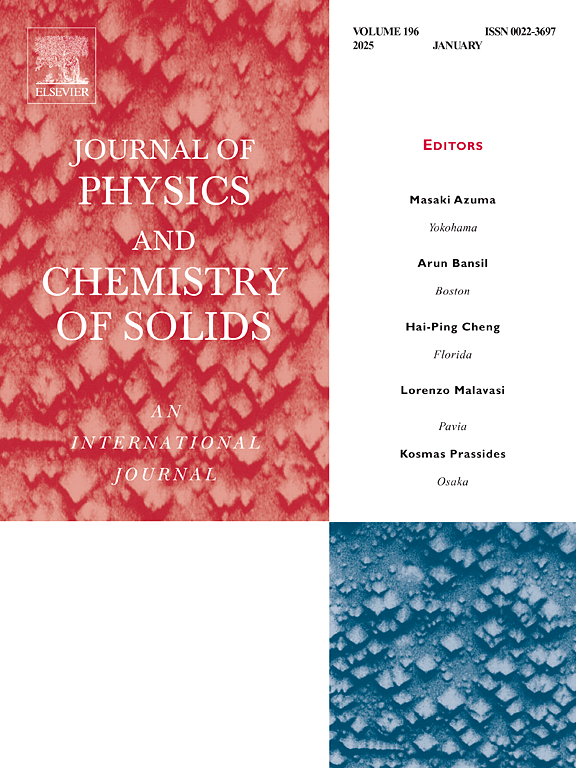水热合成氧化铜纳米结构:多功能性能的形态学控制方法综述
IF 4.9
3区 材料科学
Q2 CHEMISTRY, MULTIDISCIPLINARY
引用次数: 0
摘要
本文综述了温度、反应时间、pH、前驱体浓度、溶剂组成和添加剂等重要水热参数对氧化铜纳米结构形态发展的影响。它提供了不同形态的系统分类,如纳米球、纳米花、纳米棒、树突、纳米针、纳米聚集体和纳米板,以及它们在不同条件下合成的比较信息。与以往的研究相比,本文基于形态、表格合成条件和相应结构对热液控制机制进行了分类。此外,该综述描述了这些形态与文献检测的功能相关性,包括光催化,气体传感,能量储存和环境解毒。通过对工艺条件、结构演变和性能之间相互依存关系的综合分析,本综述是实现精确功能的CuO纳米材料的基本原理设计指南。本文章由计算机程序翻译,如有差异,请以英文原文为准。
Hydrothermal synthesis of CuO Nanostructures: Morphology controlled approaches for multifunctional performance – A review
The current review is a critical assessment of the impact of significant hydrothermal parameters—temperature, reaction time, pH, concentration of precursor, solvent composition, and additives—on morphological development of CuO nanostructures. It offers a systematic taxonomy of different morphologies like nanospheres, nanoflowers, nanorods, dendrites, nanoneedles, nanoaggregates, and nanoplates, and comparative information on their synthesis under disparate conditions. In contrast to past research, this review categorizes hydrothermal control mechanisms based on morphology, assisted by tabular synthesis conditions and consequent structures. Furthermore, the review delineates such morphologies with literature-detected functional relevance in uses spanning from photocatalysis, gas sensing, energy storage, and environmental detoxification. Through a synthesis of the interdependence between process conditions, structural evolution, and performance, this review is a rationale design guidebook for CuO nanomaterials for precise function.
求助全文
通过发布文献求助,成功后即可免费获取论文全文。
去求助
来源期刊
CiteScore
7.80
自引率
2.50%
发文量
605
审稿时长
40 days
期刊介绍:
The Journal of Physics and Chemistry of Solids is a well-established international medium for publication of archival research in condensed matter and materials sciences. Areas of interest broadly include experimental and theoretical research on electronic, magnetic, spectroscopic and structural properties as well as the statistical mechanics and thermodynamics of materials. The focus is on gaining physical and chemical insight into the properties and potential applications of condensed matter systems.
Within the broad scope of the journal, beyond regular contributions, the editors have identified submissions in the following areas of physics and chemistry of solids to be of special current interest to the journal:
Low-dimensional systems
Exotic states of quantum electron matter including topological phases
Energy conversion and storage
Interfaces, nanoparticles and catalysts.

 求助内容:
求助内容: 应助结果提醒方式:
应助结果提醒方式:


